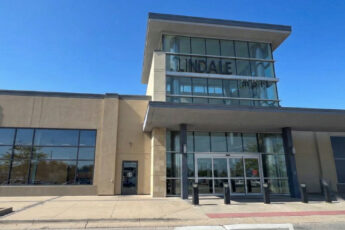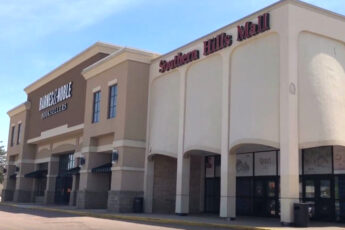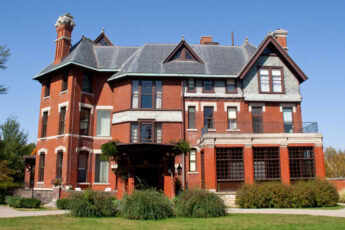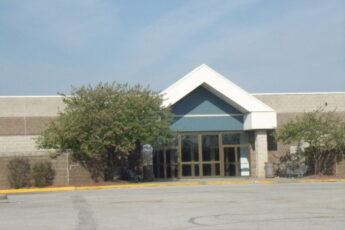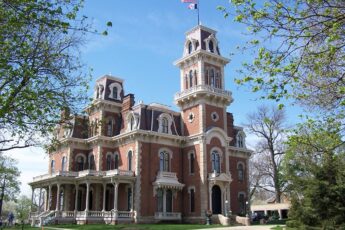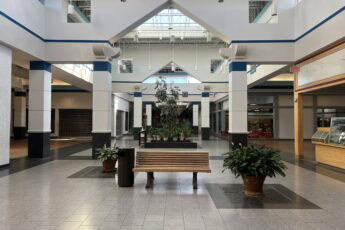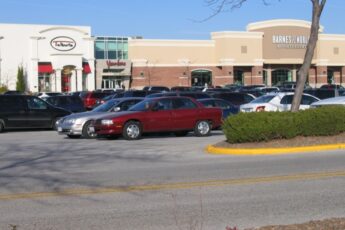Looking Closer at Cedar Rapids
People talk about hidden gems like they're always somewhere remote. But sometimes the surprise is right in front of you.
Cedar Rapids, Iowa, doesn't look like a place built for long weekends and last-minute detours, but it is. There's more than enough here to fill a calendar, or just a quiet afternoon.
If you're searching for top attractions in Cedar Rapids, Iowa, skip the hype and go straight to what's real: parks, trails, art, and a layered history that stays grounded.
What a Day Could Look Like
Cedar Rapids doesn't present its choices with flash.
Instead, they appear gradually, museums near trails, historic homes a few blocks from live music.
The city's park system covers more than 4,100 acres, and Palisades-Kepler State Park has been open since 1922.
The National Czech & Slovak Museum & Library opened in 1974, and the Cedar Rapids Museum of Art holds the largest collection of Grant Wood's work.
Walkable districts like Czech Village and New Bohemia pair small businesses with street murals and converted warehouses.
Bloomsbury Farm near Atkins has run seasonal events since the early 2000s.
The Alliant Energy PowerHouse, still known locally by its old name (U.S. Cellular Center), hosts everything from concerts to local sporting events.
For anyone passing through or settling in, the city's options keep pace with time, quietly but steadily.
The District, Block by Block
South of downtown, old storefronts in Czech Village sit close to grainy murals and rebuilt sidewalks.
On one end, the National Czech & Slovak Museum & Library tells a story in glass and brick.
On the other hand, the NewBo City Market runs year-round inside a converted industrial building.
Between them, the CSPS Hall still books small shows and exhibitions, just as it did a century ago.
After the 2008 flood gutted much of the area, nearly everything had to be cleaned out or torn down.
What came back wasn't polished, it was practical, lived-in, and meant to stay that way.
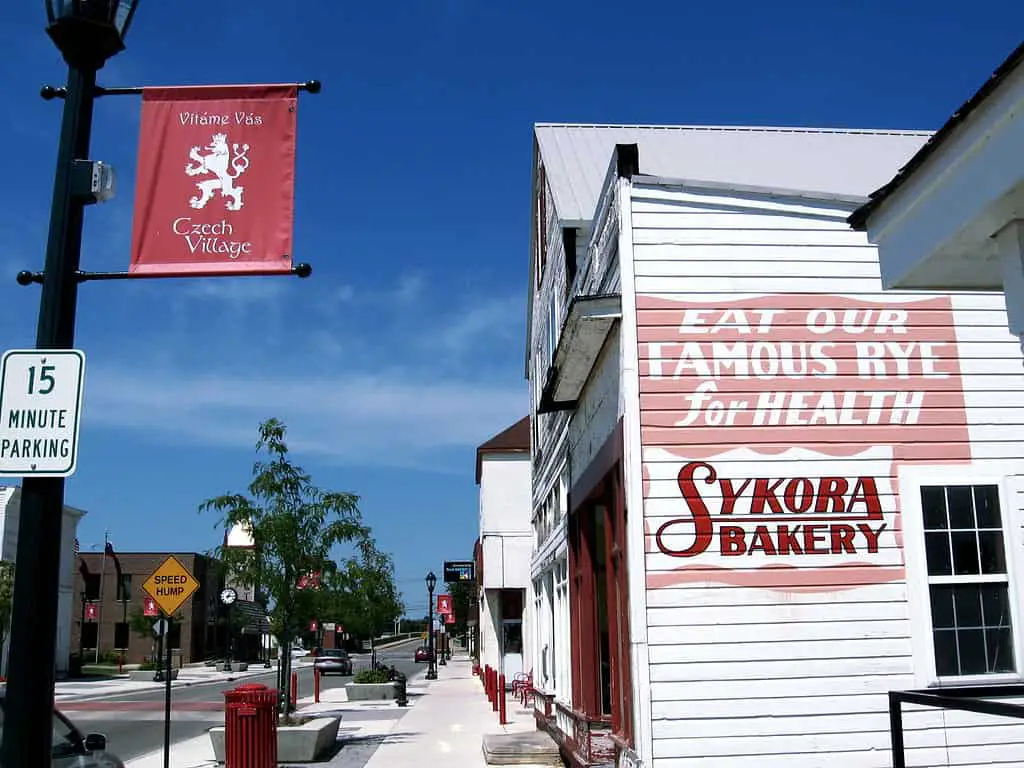
What the Arena Handles
Since 1979, the Alliant Energy PowerHouse has been the city's go-to indoor venue for basketball, indoor football, touring bands, and even monster trucks.
After renovations in 2013, the seating shifted, the concourse widened, and the outside signage changed.
Inside, though, it's still concrete, plastic seats, and an echoing sound.
When the Iowa High School Athletic Association rolls in each spring, the place fills fast.
That mix of grit and function makes it one of the few places to visit in Cedar Rapids where everything from rodeo bulls to political rallies feels at home.
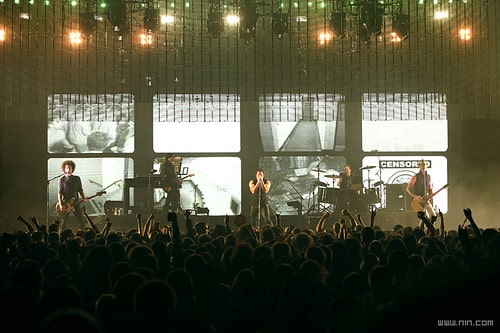
Bever's Donation
Bever Park doesn't announce itself. Trees line the back streets, and the noise stays low.
Sampson Bever gave the land in the late 1800s, and the city has kept it mostly intact.
Old MacDonald's Farm still runs during the warmer months, with goats, pigs, and chickens behind low wire fencing.
The houses nearby, part of the Bever Woods Historic District, were built mostly in the 1920s, with wide porches and narrow driveways.
It's not a park that draws crowds. It holds its space quietly, the way older city parks often do, by just being there when people need it.
River Bluff Trails and CCC Lodges
Twelve miles southeast, the road bends with the Cedar River.
Palisades-Kepler State Park has been here since 1922, expanded in the 1930s by a land gift from Louis Kepler's family.
Limestone cliffs edge the river. The trails, worn smooth in places, climb through hardwoods and lead out to bluffs that drop clean to the water.
The Civilian Conservation Corps built the cabins and lodge that are still in use today, plain stonework, small windows, nothing ornamental.
For anyone tracing what to do in Cedar Rapids that's quiet but long-lasting, the park gives you time, space, and enough trail to feel out of range.
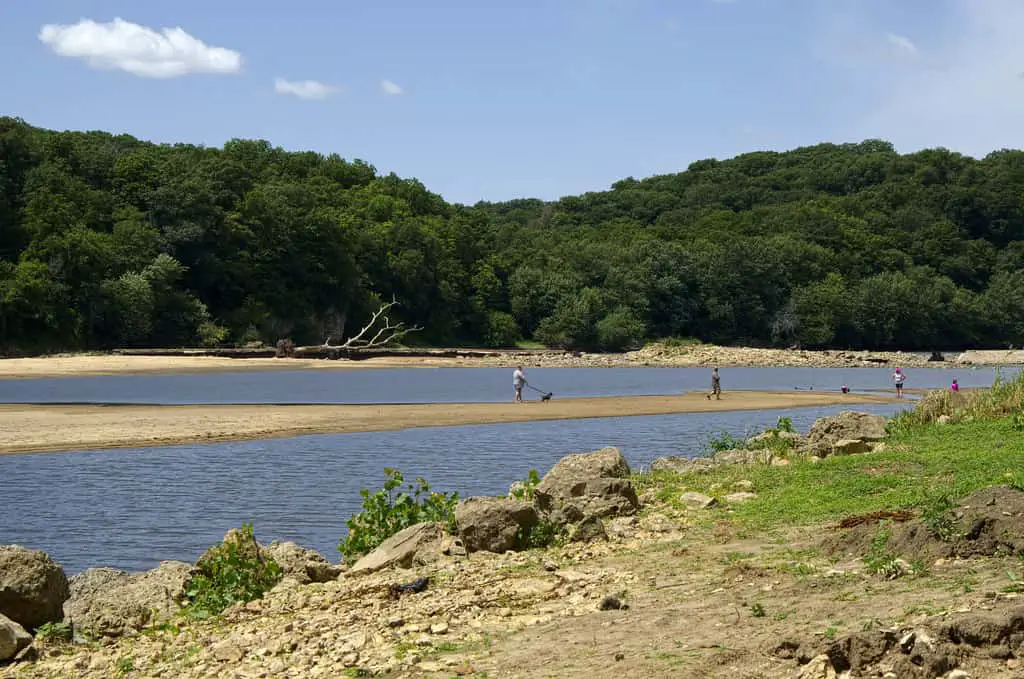
Seasonal Rows and Pumpkins
Bloomsbury Farm sits west of the city on old family land.
In July, the fields turn into wildflowers. By late September, corn maze paths stretch into rows, and the pumpkins come out front.
The Halloween season flips the place into dusk tours, haunted barns, and louder crowds.
It's not a polished venue. The gravel crunches underfoot, and most structures are wood and tarp.
The place has run seasonal events since the early 2000s, long enough to become a fall routine.
For those checking attractions in Cedar Rapids tied to weather and timing, this one hits hardest when the air cools down.
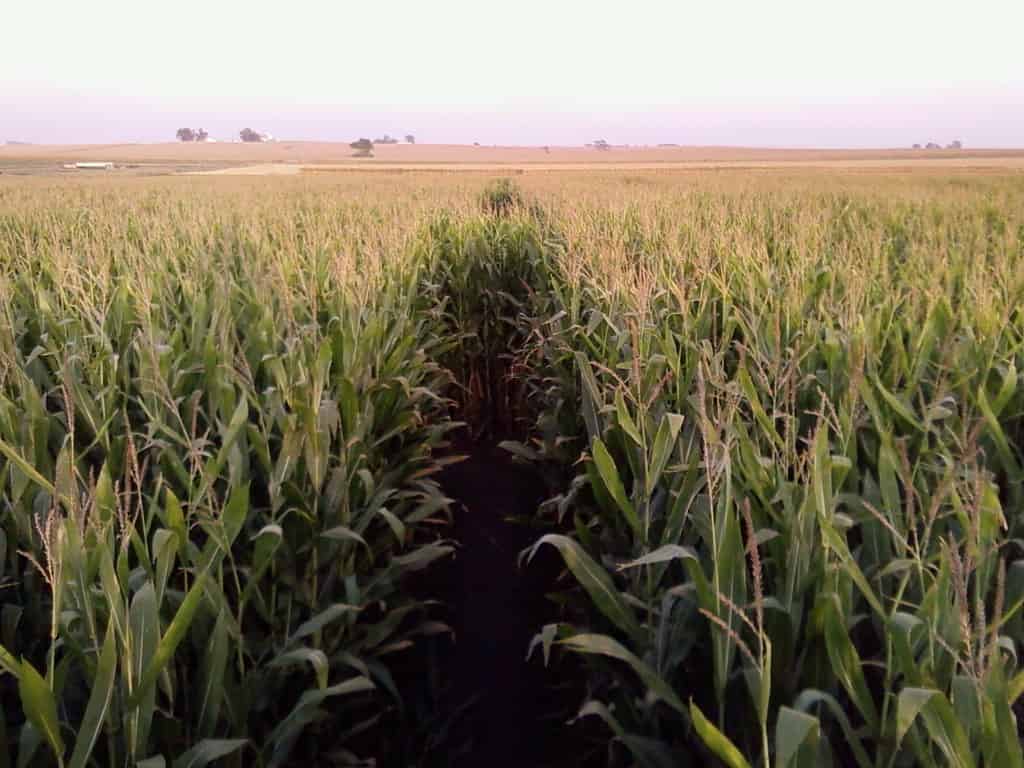
The House That Didn't Leave
Brucemore doesn't hide. The mansion sits on 26 acres right in Cedar Rapids, red brick, slate roof, and low stone walls holding it in place.
Built in 1886, passed between three families, and turned over to the National Trust in 1981, it's never felt sealed off.
The rooms still carry their weight: wood paneling, worn floors, furniture that wasn't made for roping off.
Outside, events roll through, music on the lawn, walking tours in summer, low-key festivals that skip the fuss.
Among places to visit in Cedar Rapids, Brucemore's draw comes from how little it pretends.
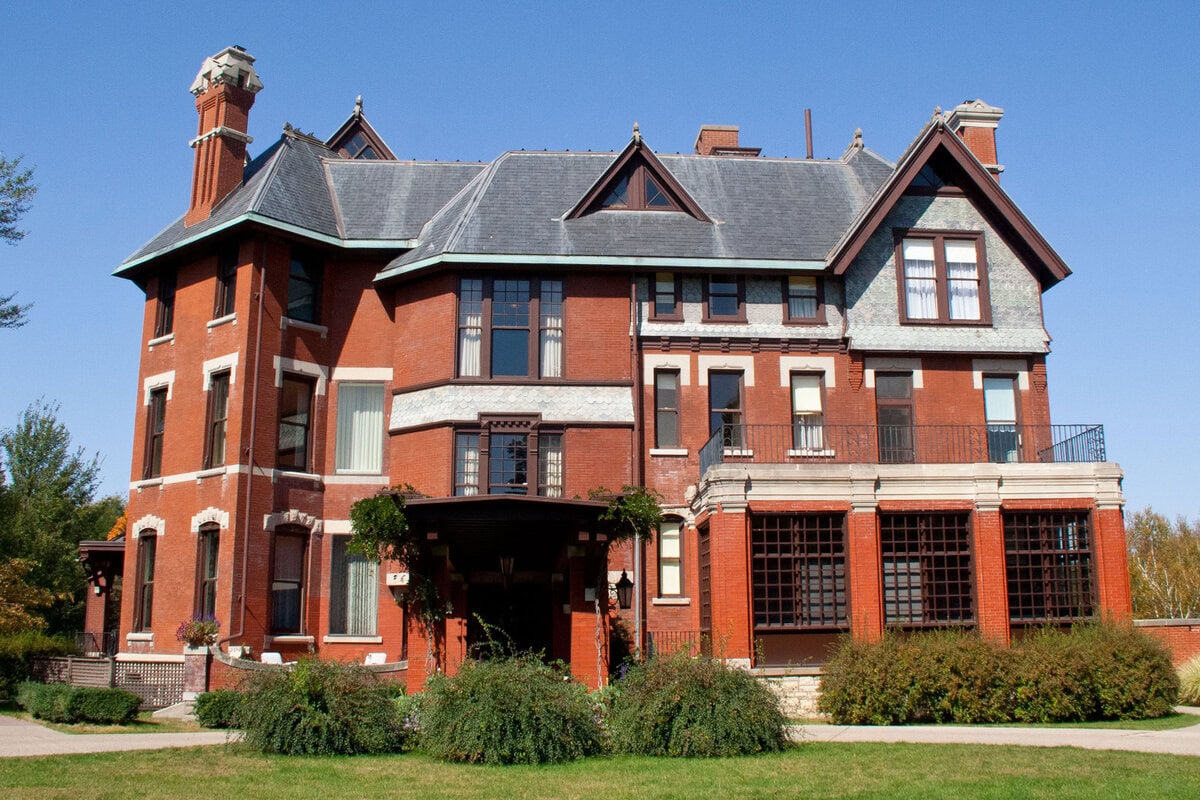
Where Grant Wood Slept
Fifth Street to First Avenue, then up Turner Alley.
The studio sits above a garage, and Grant Wood lived there from 1924 to 1935.
The Cedar Rapids Museum of Art owns it now, along with the largest collection of his work anywhere.
The museum itself moved into a downtown post office building in 1989.
Exhibits rotate, school groups come through, but the Wood pieces anchor it.
You can see where he painted, where he built furniture, and where he slept.
It's small, unheated, and steeped in what stuck around.
From Vaudeville to Symphony
The Paramount Theatre didn't fold when the river came through.
Built in 1928, gutted by the 2008 flood, reopened by 2012.
Inside, the bones held an arched ceiling, a hand-painted dome, and a Wurlitzer still in the pit.
Orchestra Iowa calls it home. So do touring musicals, ballet, and shows that pack the rows on a Saturday night.
It's not retrofitted for nostalgia. It simply works because it never stopped.
When you're weighing where to go in Cedar Rapids and the curtain's about to rise, the Paramount rarely misses.
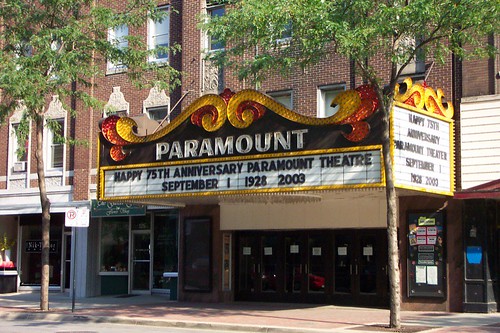
Trails, Wetlands, Classroom Logs
Indian Creek Nature Center works without noise. Since 1973, it's been growing its space, woodlands, prairie, and restored wetlands.
Their Amazing Space Center runs off solar, set up in 2016 on land that used to be a dairy farm.
No flash, no fast track. Trails go through maple groves, past pollinator gardens, across boardwalks that float above marsh.
They run field trips, outdoor classes, and seasonal walks.
The tools are quiet: tap kits in spring, plant guides in fall.
Early Twentieth, Open to the Public
Ushers Ferry doesn't build replicas. Every house, barn, and depot was hauled here from somewhere nearby.
The schoolhouse came from Ely. The train station came from Toddville. Together, they form a ten-acre grid of early 1900s Iowa.
Most days, it's silent, buildings closed, paths empty.
But on select weekends, it fills: costumed interpreters, open doors, woodstove smoke in colder months.
The village sits inside Seminole Valley Park, but feels separate, slightly slowed down.
If you're sorting through attractions in Cedar Rapids that leave room for stillness, this one gives you history without over-explaining it.
🍀


